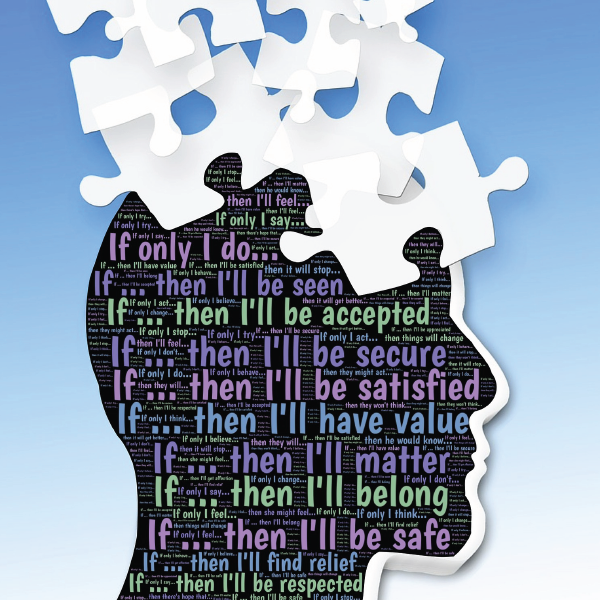Summary: The GOMS Model is a human information processing model that predicts what skilled users will do in seemingly unpredictable situations.
Originators and proponents: Card, Moran and Newell in 1983[1]; Bonnie E. John and David E. Kieras in 1996[2].
Keywords: Goals, operators, methods, selection rules
GOMS Model (Card, Moran, and Newell)
This model is the general term for a family of human information processing techniques that attempt to model and predict user behavior. Typically used by software designers, a person’s behavior is analyzed in terms of four components:
- Goals – something that the person wants to accomplish. Can be high level (e.g. WRITE-PAPER) to low level (e.g. DELETE CHARACTER)
- Operators – basic perceptual, cognitive, or motor actions used to accomplish goals, or actions that the software allows user to make (e.g. PRESS-ENTER-KEY or CLICK-MOUSE)
- Methods – procedures (sequences) of subgoals and operators that can accomplish a goal
- Selection rules – personal rules users follow in deciding what method to use in a circumstance
One of the most validated methods in Human Computer Interaction (HCI), the GOMS model assumes expert user and well-defined tasks. It should be noted that there are various limitations to this technique, e.g.:
- Task in question must be usefully analyzed in terms of the procedural (how to do it) knowledge.
- Represents only skilled behavior. Not useful for ill-defined problem solving, exploration, etc. Cognitive walkthrough is useful for exploratory behavior by novices.
- Need to start with a list of top-level tasks or user goals. List must be provided outside of GOMS.
GOMS is useful for uncovering a frequent goal supported by a very inefficient method thereby informing a design change to include a more efficient method.
Variations include:
- Keystroke Level Model (KLM) by Stuart Card: The first, simplest form of GOMS consisting of the sum of subtasks and required overhead. That is, the sum of the time of P – pointing, H – homing, D – drawing, M – mental operator, R – waiting for system response[3].
- Card Moran Newell (CMN)-GOMS: A serial stage model of GOMS.
- Critical Path Method (also known as Cognitive Perceptual Motor or CPM-GOMS): A parallel stage model (for users with highest level of skill) critical-path-method or cognitive-perceptual-motor analysis of activity – perceptual, cognitive, motor operators can be performed in parallel as the task demands.
For more information, we recommend:
- Card, Moran and Newell’s book: The Psychology of Human-Computer Interaction
. A classic from the original researchers.
- Michal Levin’s book: Designing Multi-Device Experiences: An Ecosystem Approach to User Experiences across Devices. An extremely practical book for the multi-device world. Highly recommended for all designers.
- Card, S. K., Newell, A., & Moran, T. P. (1983). The psychology of human-computer interaction.
- Card, S. K., Moran, T. P., & Newell, A. (1980). The keystroke-level model for user performance time with interactive systems. Communications of the ACM, 23(7), 396-410.
- John, B. E., & Kieras, D. E. (1996). The GOMS family of user interface analysis techniques: Comparison and contrast. ACM Transactions on Computer-Human Interaction (TOCHI), 3(4), 320-351.






